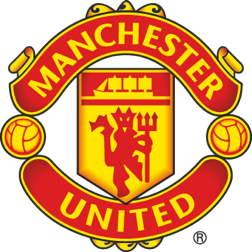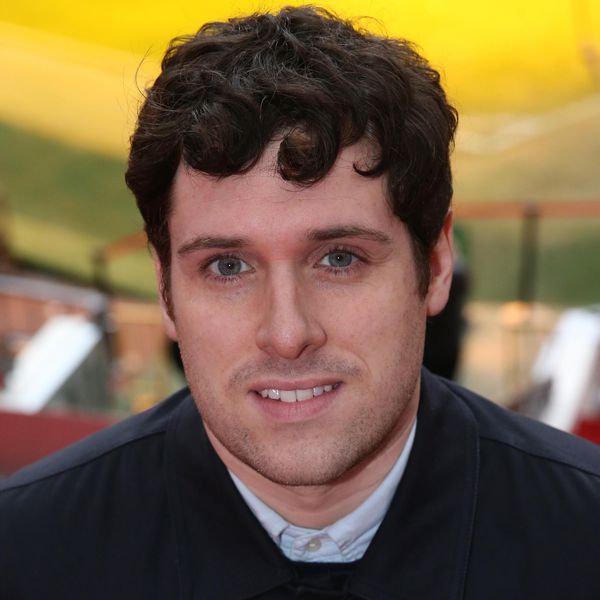Explained: United's incredible Academy landmark
Wednesday's game against Leicester City is a landmark moment in Manchester United history, as our record of featuring a homegrown player in every matchday squad reaches an incredible 87 years.
The sequence started on Saturday 30 October 1937 – exactly 87 years before our match with the Foxes – when Tom Manley and Jack Wassall were involved in an away game at Fulham.
Manley was already an established first-teamer by that point, having debuted at Old Trafford in December 1931 against Millwall. The Fulham game was his 161st outing. Wassall, meanwhile, was appearing for the 15th time.
But they key fact is this: since that day at Craven Cottage, United have continued to feature a youth player in the squad for over 4,000 consecutive games.
The epic stat was uncovered by historian Tony Park, whose criteria for a homegrown player is three-fold: 1) they have to have signed before the age of 18, 2) played at a junior level below the first team at United and 3) not to have played for another team at senior level.
Park noticed incredible numbers of youth players featuring in matches, particularly during the 1950s, while researching his epic book Sons of United (written with Steve Hobin). He traced our run of matches with at least one youth player in the squad back to Manley and Wassall all those years ago.
And thanks to the club's progressive policy around youth football, which dates back to the 1930s, it wasn't long before lots more talented youngsters began to filter into the senior side. Notably, after Manley and Wassall, came Stan Pearson and Johnny Carey, in the period before the Second World War. When United lifted the FA Cup in 1948, six of the starters had progressed from the ranks.
Spurred on by Matt Busby and legendary coach Jimmy Murphy, the supply line became even more prolific in the 1950s, as youngsters from our FA Youth Cup-winning teams flooded into the first XI. The team known as 'the Busby Babes' featured incredible talents like Duncan Edwards, Bobby Charlton and Dennis Viollet and dominated English football. So rich were the stocks that, between Tommy Taylor's arrival in March 1953 and the signing of Harry Gregg in December 1957, the club did not pay a significant fee for one player in the transfer market.
The tragic Munich Air Disaster of 1958 devastated that great team, but United's development of young players continued. By the 1960s, George Best, Nobby Stiles, David Sadler and more emerged, and when United became the first English team to lift the European Cup in 1968, all four goals against Benfica were netted by homegrown players.
Through the decades, United's reputation for youth football has endured. In the '70s, came Sammy McIlroy and Arthur Albiston; in the 1980s, Mark Hughes and Norman Whiteside; in the '90s, the famous Class of ’92, which included three of our all-time top 10 appearance makers, Ryan Giggs, Paul Scholes and Gary Neville. Many others also broke through and, while they might not be household names like Giggs, Scholes and Neville, they achieved the dream of millions: pulling on the red shirt in a competitive first-team fixture.
In recent years, Marcus Rashford, Scott McTominay, Jonny Evans, Alejandro Garnacho and Kobbie Mainoo have helped to continue the run. The latter two came through after winning the club's 11th FA Youth Cup title in 2022, while success has continued at Academy level with a trio of trophies for the Under-18s last season. From that side, striker Ethan Wheatley has already made his debut, becoming the club's 250th Academy graduate back in April.
Top 20 goals by Academy graduates
TOP 20 COUNTDOWN| Watching this compilation of legendary goals make us so proud of the players we've produced...
“The beauty of the 85-year run is it has been achieved organically,” says the club's Director of Academy, Nick Cox. “It hasn’t been manufactured or, indeed, something we were conscious of (the statistic was only ratified in recent seasons). It’s just the way things are done here!
“No doubt the Academy will make the headlines next week, but the Academy has never and will never develop players on its own. Developing players is the responsibility of everyone. The first-team staff, the board, the ground staff, the media team, the legal team, administrators, and many others. We are lucky to have staff to support us now as they did 85 years ago.
“While we are proud of our history, we are also aware of our duty to continue to uphold our reputation as being innovators and doing things differently in order to bring about success.”
Long may the run continue; long may United be a proud standard-bearer for the development of young, talented footballers.




